Protecting your home’s beauty and integrity
April 16, 2025 at 6:00 a.m.By Bumble Roofing.
Your roof does more than shelter you — it defines your home’s character and value.
A roof is more than just shingles and beams; it’s the first line of defense against the elements and a key component of your home’s aesthetic. Bumble Roofing believes that where scenic landscapes and a unique semi-rural charm set the tone, roofing isn’t just about function — it’s about blending durability with design. But with local regulations, climate considerations and a range of materials to choose from, how do you make the right decision for your home? Whether you’re facing a repair, replacement or a brand-new installation, understanding the ins and outs of roofing can save you time, money and potential headaches. Here’s what you need to know to make informed choices and keep your home looking its best.
Unique construction regulations
Thousand Oaks, California is known for its unique semi-rural character and stunning natural surroundings. In an effort to preserve and enhance this distinct charm, the City Council of Thousand Oaks established Resolution 2005-011. This policy aims to encourage new construction and renovation projects that blend in with the surrounding environment while promoting pedestrian activity and a sense of community. In the context of roofing construction, this means using materials and designs that respect the natural surroundings and topography of Thousand Oaks, while ensuring the roofing project is compatible with nearby developments. Read on to learn more about how Resolution 2005-011 affects roofing construction.
Knowing when to call a roofing company: Tips for inspecting your roof before hiring
Signs of a damaged roof
How can you tell if your roof is in need of repair or replacement? Look out for signs like missing shingles, leaks or stains on your ceiling. Don’t forget to check your attic for any signs of moisture or water damage. It’s also important to keep an eye out for any cracks or damage in your chimney or vents. Don’t ignore these signs, it’ll lead to larger and more expensive problems in the future.
Inspection tips
If you’re unsure about the state of your roof, it’s always best to call in a professional for a thorough inspection. But if you’re feeling up to the task, here are some inspection tips to get you started. First, inspect your roof from the ground, looking out for any signs of damage or wear and tear. If you need to climb onto your roof, always use a secure ladder and wear appropriate safety gear. Once on your roof, inspect the shingles, flashing and gutters for any signs of damage or wear. Remember to check the condition of your roof after a heavy storm or severe weather event.
Deciding whether to repair or replace
If your roof is in need of repair or replacement, it’s important to weigh your options carefully. Repairing a damaged roof can be a cost-effective solution if the damage is minor. However, if your roof is severely damaged or nearing the end of its lifespan, replacing it may be the better option in the long run. Remember, a new roof can add value to your home and increase its curb appeal. And don’t forget about the potential savings on your energy bills with a more energy-efficient roof.
Choosing the best roofing material for your home
Types of roofing materials:
For example, asphalt shingles are a popular choice for homeowners because they are affordable and easy to install. Metal roofing is another option that is known for its durability and energy efficiency. If you’re looking for something more luxurious, there’s tile roofing that adds a touch of elegance and has a long lifespan.
Advantages and disadvantages of each option:
Every roofing material has its own advantages and disadvantages. Asphalt shingles are an affordable option, but they are not as durable as metal or tile roofing. Metal roofing is durable and energy efficient, but it can be expensive. Tile roofing is a luxurious choice, but it can be heavy and require additional structural support.
Special considerations:
When it comes to Thousand Oaks, and other similar areas, there are a few special considerations to keep in mind. The local climate and weather patterns can have an impact on the longevity of your roof, so you want to choose a material that can withstand the occasional heatwave or wildfire. Thousand Oaks has a Mediterranean climate with warm, dry summers and mild winters. While the weather is relatively mild throughout the year, there can be occasional heatwaves and wildfires. It’s important to choose a roofing material that can withstand these conditions.
Protect your investment: How to choose the right roofing company
Don’t “waste your time” with inexperienced or unlicensed contractors – “go for the gold” and choose a licensed and insured contractor. Here’s what you need to know when hiring a roofing contractor.
Choosing a licensed and insured contractor
When it comes to roofing work, it’s “better safe than sorry.” Make sure the contractor you choose is licensed and insured to protect yourself and your property. You “don’t want to be caught with your pants down” if something goes wrong during the project. An unlicensed or uninsured contractor may seem like a cheaper option, but it could end up costing you more in the long run.
Checking references and online reviews
“Word of mouth” is a powerful tool. Check with friends, family and neighbors to see if they have any recommendations for a reliable roofing contractor. You can also “hit the web” and check online reviews on sites like Yelp or Google Maps. “Don’t be a sheep” – look for patterns in the reviews, both good and bad, to get a sense of the contractor’s strengths and weaknesses.
Original article and photo source: Bumble Roofing
Have a question? AskARoofer.
Find your local roofing contractor in the RoofersCoffeeShop® Contractor Directory.


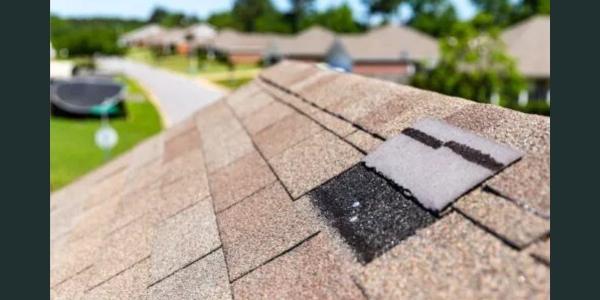
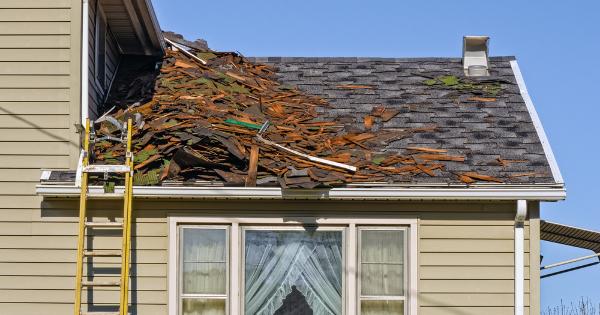
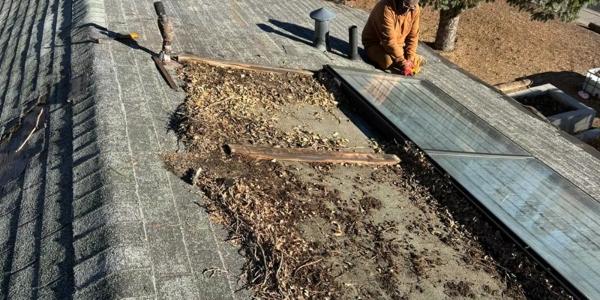



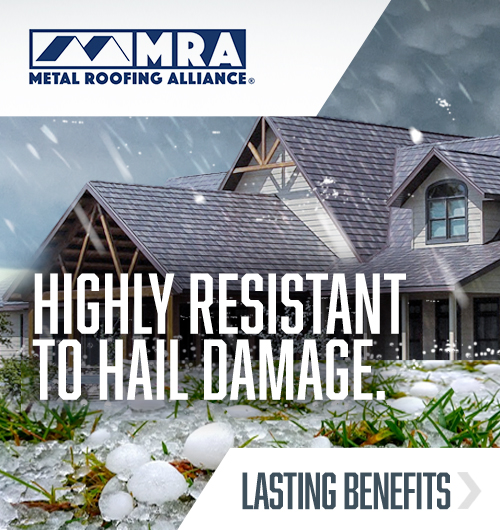

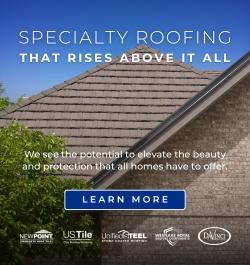
Comments
Leave a Reply
Have an account? Login to leave a comment!
Sign In